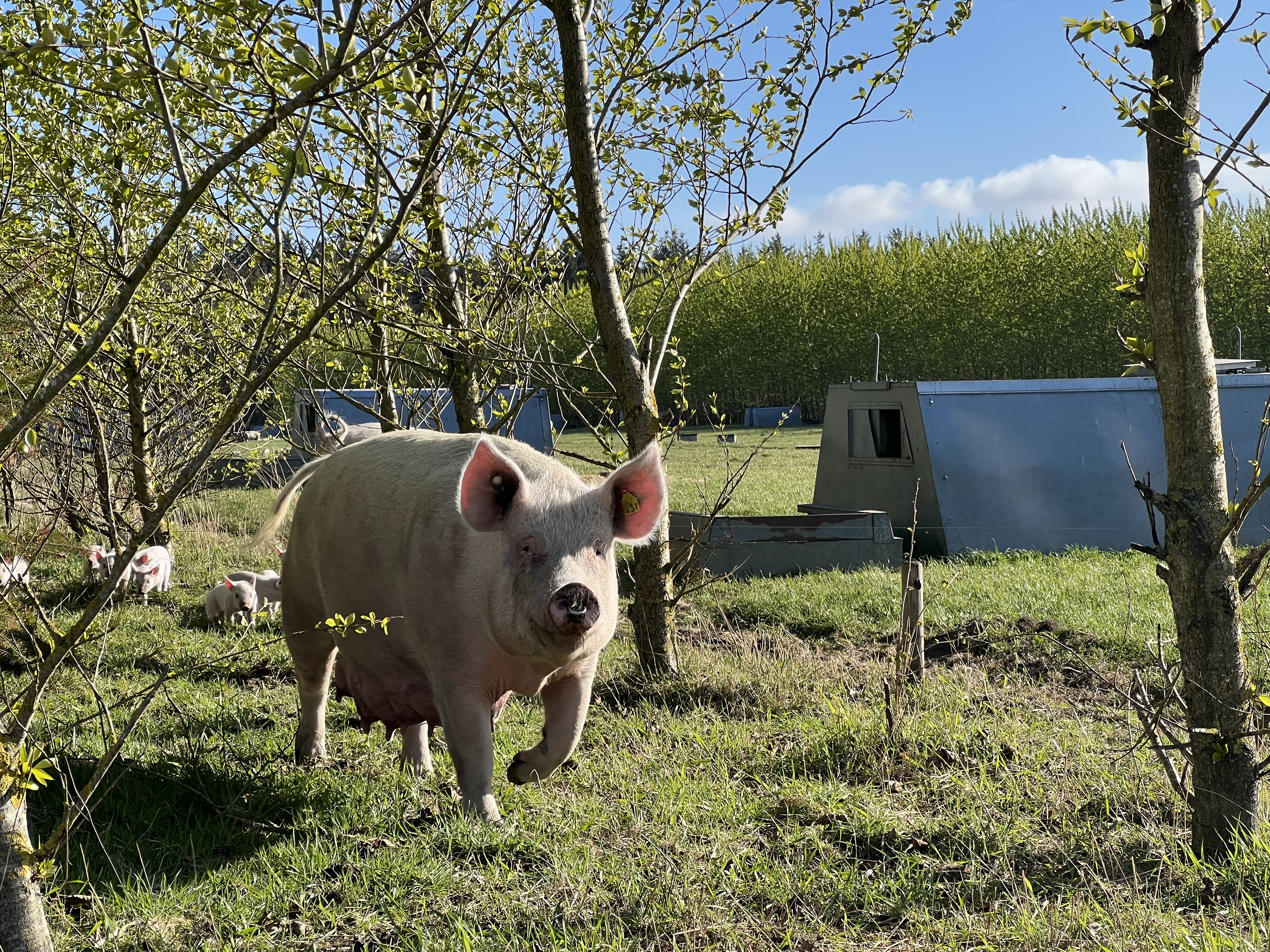Innovative farmers play a crucial role in MIXED
The collection of data from the MIXED networks of innovative farmers has started. The data from the individual farms will provide important information for the assessment of efficiency and resilience of mixed farming and agroforestry systems

Participation of innovative farmers plays a crucial role in MIXED for the development of sustainable mixed farming and agroforestry systems, termed MiFAS in the project, exchange of knowledge and experience, and for the assessment of the effects of such systems on, for example, climate, biodiversity and other environmental factors, as well as on farm economy. Data from the individual farms in the MIXED network is an important source of information.
Collecting data from individual farms, is a time consuming process for all parties involved, and must, therefore be carefully planned. The networks of farmers are ‘mixed’ in different ways, and each farm (and farmer) have individual set-ups and identity.
The data collection in MIXED is, therefore, planned as a two-step process where each step has its specific purpose.
On-farm data collection – step 1
The first part of the data collection had the purpose of visualising and understanding the types of material flows within and between farms in each network to illustrate variability of the MiFAS configurations and agricultural outputs etc. It was initiated a head of the project meeting in September 2021 where individual meetings were held with each national team to explore and understand the complexities of the farms within the networks to ensure an appropriate and complete data collection procedure. The ‘mixed’ character and components were then discussed at the project meeting. This first data collection exercise furthermore involved a process where each network provided data in the form of flow diagrams showing the major components of the MiFAS systems, whether internal to single farms or on two partner farms and the exchanges between them. Step 1 of the data collection process was concluded at the project meeting April 2022 where all network coordinators presented farm level resource flows of a standardized typical farm of their network.
This first round of data collection gave important input to the next step, the individual farm level data collection as it became clear that the networks had to be treated as individual cases when defining the system boundaries to ensure a complete and appropriate collection of farm data.
On-farm data collection – step 2
The day before the project meeting on 13 September 2022 a final preparatory meeting for the second round of data collection took place with the participation of all national teams. The spreadsheets for the very comprehensive on-farm data collection were demonstrated in this Q&A session. Following, at the project meeting on 13 September, it was made possible to raise final questions and clarify any uncertainties related to farm-level data collection. It did, however, appear that the scene had been set well and that all teams were ready for this next important step.
When the farm management and technical data has been collected from the network farms, the next step is to model and evaluate the mixed farms’ efficiency, resilience and environmental benefits.
